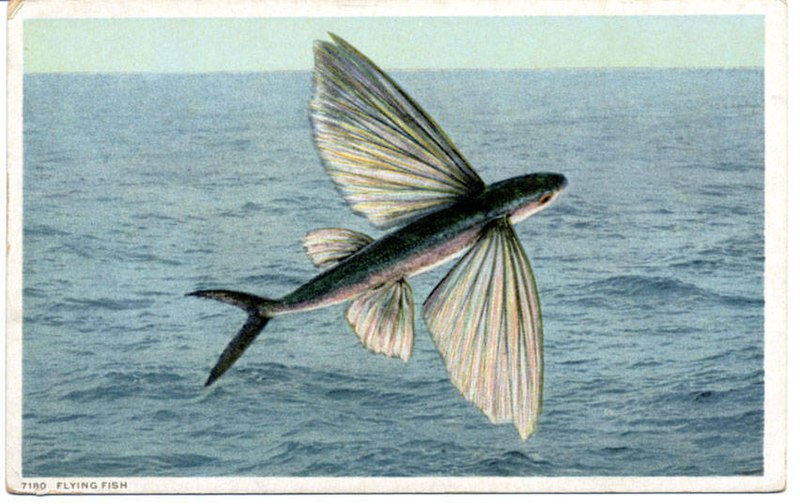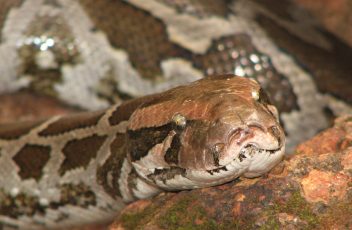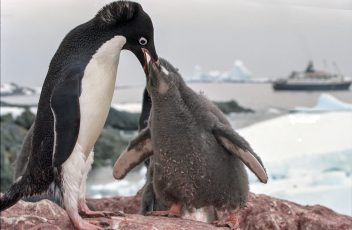New Scientist, 16th March 2021

FLYING fish may have taken to the air when evolution tweaked electrical signals that control the size of their fins. This discovery suggests the existence of a previously unknown mechanism by which animals can change the relative size of specific body parts.
“How organs and tissues know when to stop growing at a certain size and stay there is a major mystery,” says Jake Daane at Northeastern University in Massachusetts. This scaling, known as allometry, is also a key driver of evolutionary change. The stunning variation in the fins of bony fish are a classic example, from the billowing veils of the tropical betta fish to the stumpy appendages of a mackerel.
Most dramatic of all are the wings of flying fish, which allow some species to leap from the sea and glide for 400 metres, the length of eight Olympic swimming pools. This helps fish evade underwater predators, a tactic so successful that it has evolved independently several times.
In comparisons of the genomes of nine species of flying fish and some non-flying relatives, Daane and his colleagues spotted genetic changes consistently associated with gliding, and uncovered sections of the genome being conserved by natural selection…

